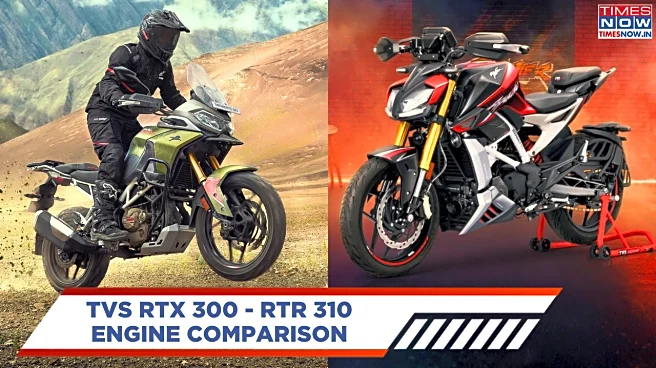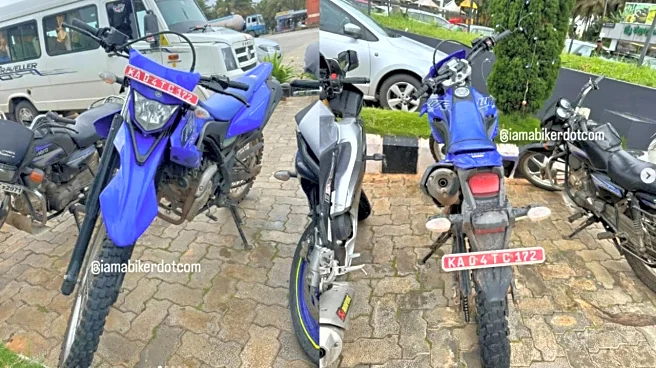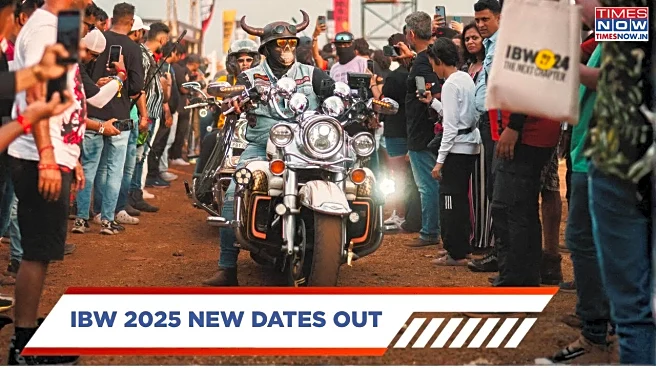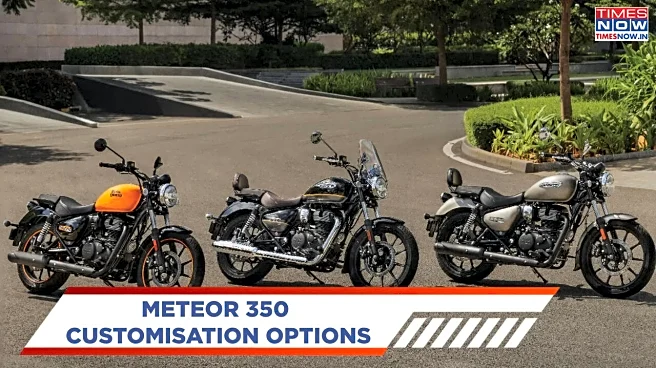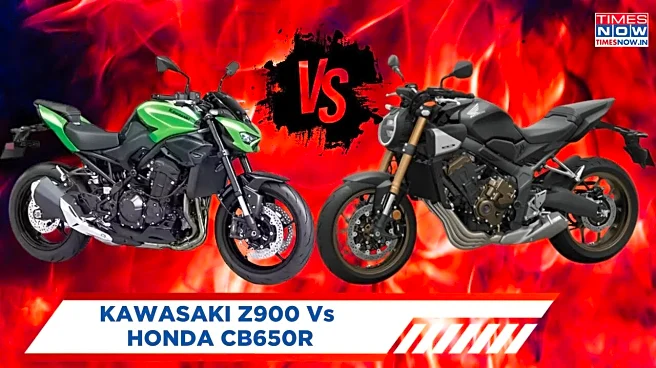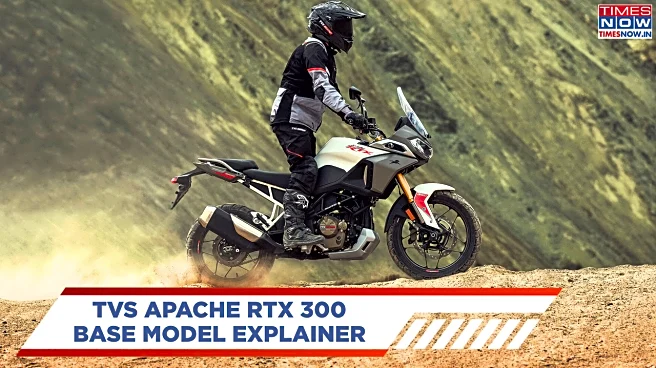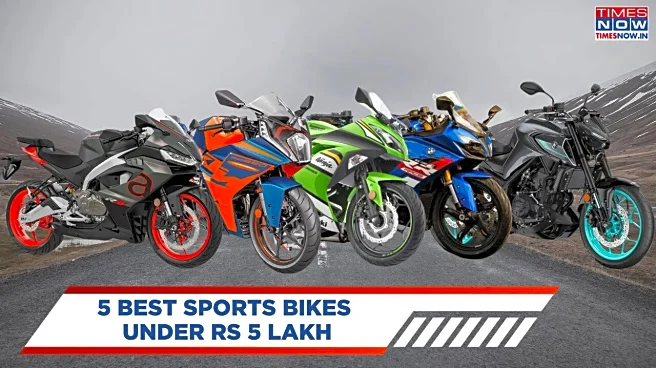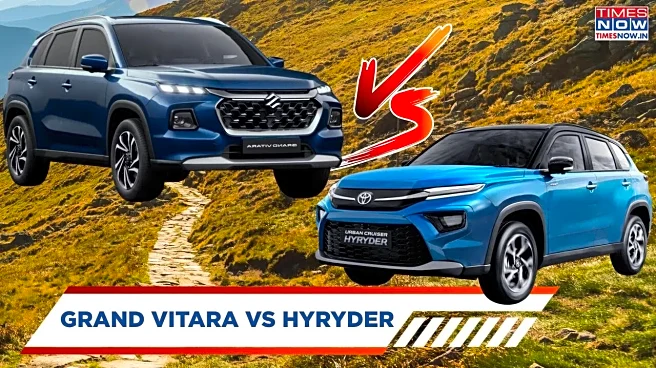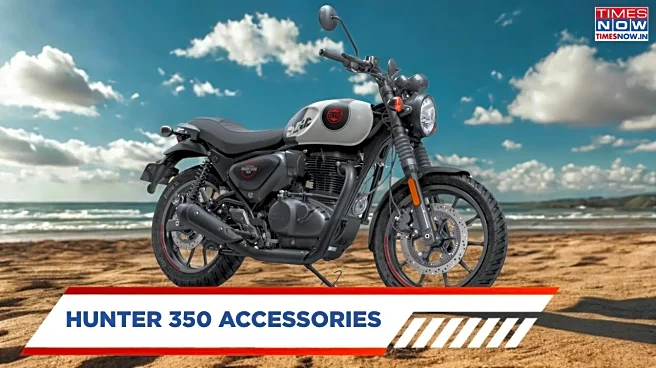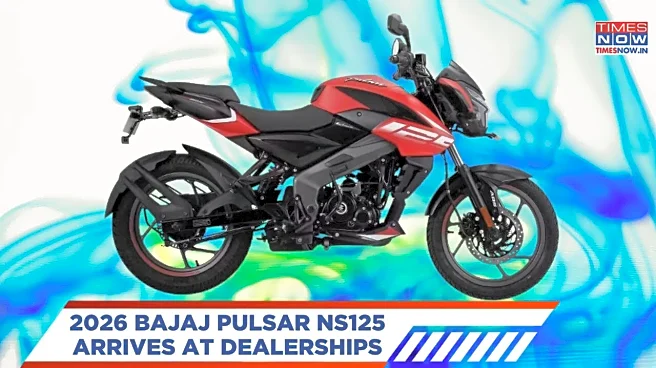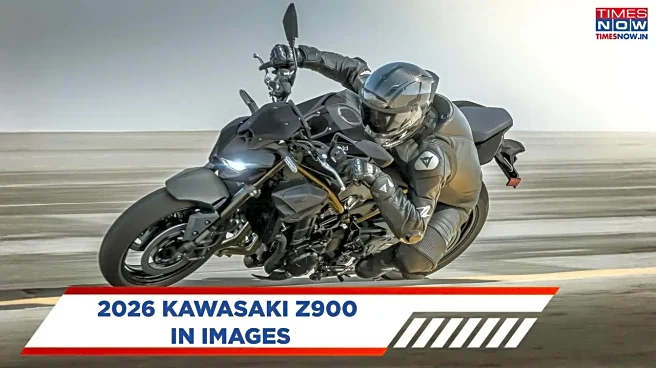TVS recently launched its first-ever dual-sport motorcycle, called the Apache RTX 300. The new and versatile Apache promises to offer a gateway into the adventure lifestyle at a starting price of just Rs 1.99 lakh ex-showroom. However, many fans are wondering if the RTX is a ground-up, all-new motorcycle or if the ADV is based on the more street-focused RTR 310. Here's a quick explainer on how to differentiate between the two motorcycles to make a better purchasing decision.
Also Read: TVS Apache RTX 300 Vs Kawasaki Versys-X 300 — Which ADV Should You Pick?
First of all, there is no similarity between the RTX 300 and the RTR 310 despite both models being a part of the Apache brand. Both motorcycles have different use cases, different platforms,
a purpose-oriented equipment list and most importantly, completely different engine characteristics. The RTX being a 300 can be assumed to be derived from the existing 310 engine that TVS has in its flagship motorcycles but that assumption would be wrong and here's why.
1. All-New Engine From TVS:
The Apache RTX is powered by an all-new engine that TVS has developed for the dual-sport, called the RT-XD4. It is a 299.1cc, single-cylinder, liquid-cooled DOHC, 4-Valve engine that can rev up to 9,000 rpm and generate 35.4 hp. Peak torque of 28.5 Nm is generated at 7,000 rpm and the power delivery is different from what the TVS Reverse-Inclined 310 DOHC engine offers in the RTR.
Compared to the 312.12cc engine that TVS co-developed with BMW, the new RT-XD4 engine of the Apache RTX makes 0.4 hp more peak power at a lower rev range and 0.2 Nm less torque at a higher rev range. However, the 310 would have better top-end pucnh owing to its road focused nature.
2. Fuel Efficiency:
While the road-focused RTR 310 has an ARAI-certified claimed fuel efficiency of 30 kmpl, the new RT-XD4 engine of the Apache RTX ADV is expected to give slightly better fuel economy due to its touring-oriented nature at around 30-35 kmpl. TVS is yet to confirm the official claimed mileage for the RTX.
3. Riding modes:
The RTR 310 offers five riding modes, including Sport, Track, Supermoto, Urban and Rain. These riding modes set a good expectation of the motorcycle is meant to do and across what kind of terrains. On the other hand, the RTX 300 has four riding modes which suit its own purpose. These are Urban, Rain, Tour and Rally.
Apart from the engine, equipment list and electronics, the chassis of the RTX 300 is also completely different from the RTR 310, primarily to house the all-new RT-XD4 engine, which does not follow the 310's reverse-inclined architecture. To summarise, the TVS Apache flagships and the new RTX dual-sport do not have a common platform, however, they have been positioned to bring more customers into the Apache fold by offering lifestyle riding capabilities and features that punch much above their respective segments.
Keep reading Times Now Auto for more instant updates on all-new motorcycle launches.
